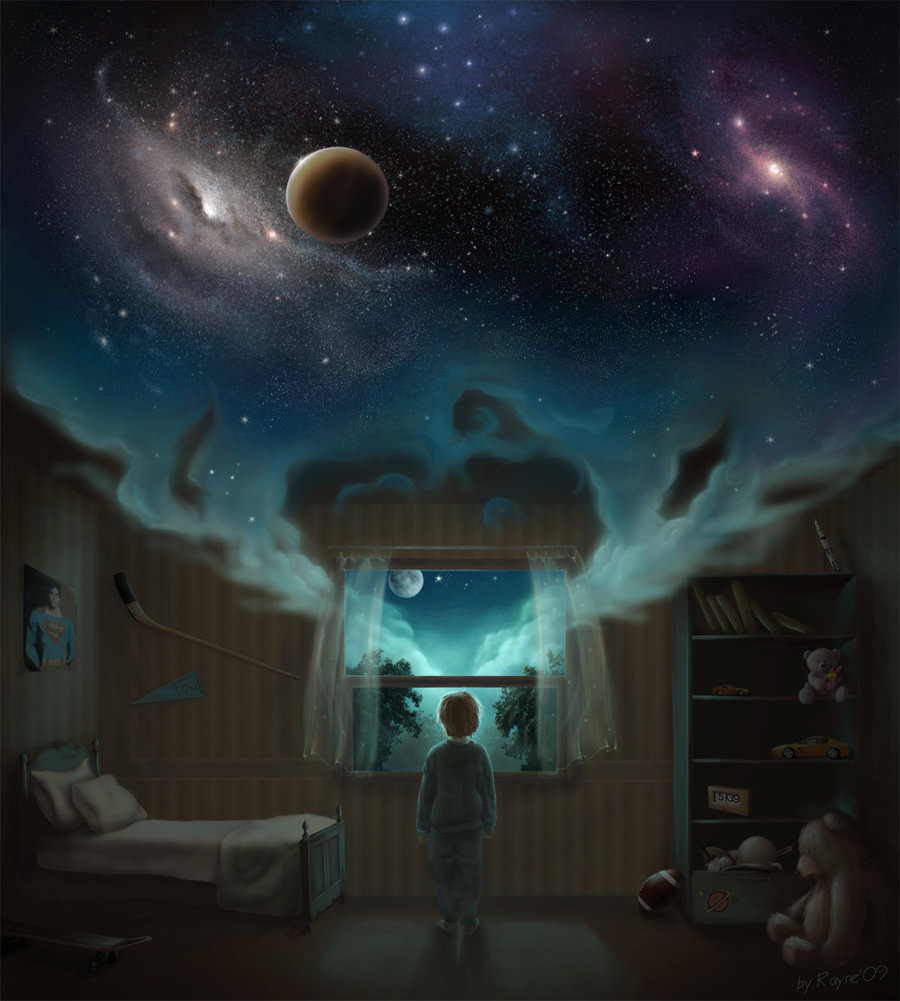Sometimes when we miss someone, we wish to see them even if just in our dreams; we then dream of them, but without knowing how dreams occur? Despite the advancement of science and knowledge, dreams are still subject to great scientific debate among psychiatrists and neurologists; from the formation of images inside the human mind, to the formation of clear images while dreaming. Not only that, but they wonder how the blind dream without being able to see in real life? This is what we will discover in this article.
First of all, what are dreams?
Dreams are the reflection of the subconscious mind's recurring thoughts or the things that are around us; they occur in the form of a series of visual scenes or fantasies. They occur as a response to an external stimulant; this response is made up by the mind during sleep. It could take the form of some unrelated events or illogical situations, but they appear to be quite plausible in the dream. This leads to the following question:
How does a dream occur?
Dreams are formed during the Rapid Eye Movement (REM) phase, which coincides with the 90th minute of sleep; it continues for 10 minutes or more, and is repeated several times according to the duration of the sleeping period. While dreaming, the brain’s activity is at its peak. A network activation system is in control; it passes from the brain's stem to the thalamus, then to the cortex.
The limbic system, located in the middle of the brain, is responsible for dealing with emotions in general during dreams. This system includes the amygdala, usually associated with the emotions of fear, which is active during dreams. The cerebral cortex is responsible for the content of dreams, whether people or objects.

Why is it difficult to remember dreams when we wake up?
The answer is that the cranial lobe, which contains the cortex at the back of the brain, is active; while the frontal lobe is less active, making it difficult to remember dreams after waking up. It is time now to know:
What is blindness?
It is a state of losing visual perception and the ability to interpret the surrounding environment through visible light. A person is considered blind when his visual acuity does not exceed 200/20 feet in the best functioning eye, or wearing eyeglasses. Hence, the most important question comes up:
Do the blind dream?
The blind dream just like all other people who can see, but not in the same way. The dreams of the blind are a mixture of sensory information translated by their senses; the depth of the dream differs according to the time the vision was lost. For example, a person who is born blind dreams just like others, but does not see images, because s/he has no visual memory to be able to draw from it what happens in the dream; their dreams actually depend on other senses, such as smell and touch. Many studies have suggested that a blind person can imagine objects in their dreams, just like a child who imagines monsters from bedtime stories.
However, people who lose their sight later for any reason, whether due to an accident, disease, or anything else, can see images depending on how long they were able to see; their dreams are, thus, confined to limited shapes and colors. The clarity gradually disappears over time; the shapes and colors in the dreams decrease till they become vague, then the dream will depend on the senses also.
Last but not least, although the sensory nature differs in the dreams of normal and blind people, it does not differ in how the dreamer senses his dreams, as it gives the same feeling whether the dreamer is blind or not!
References
allaboutvision.com
howsleepworks.com
quora.com
sciencefocus.com